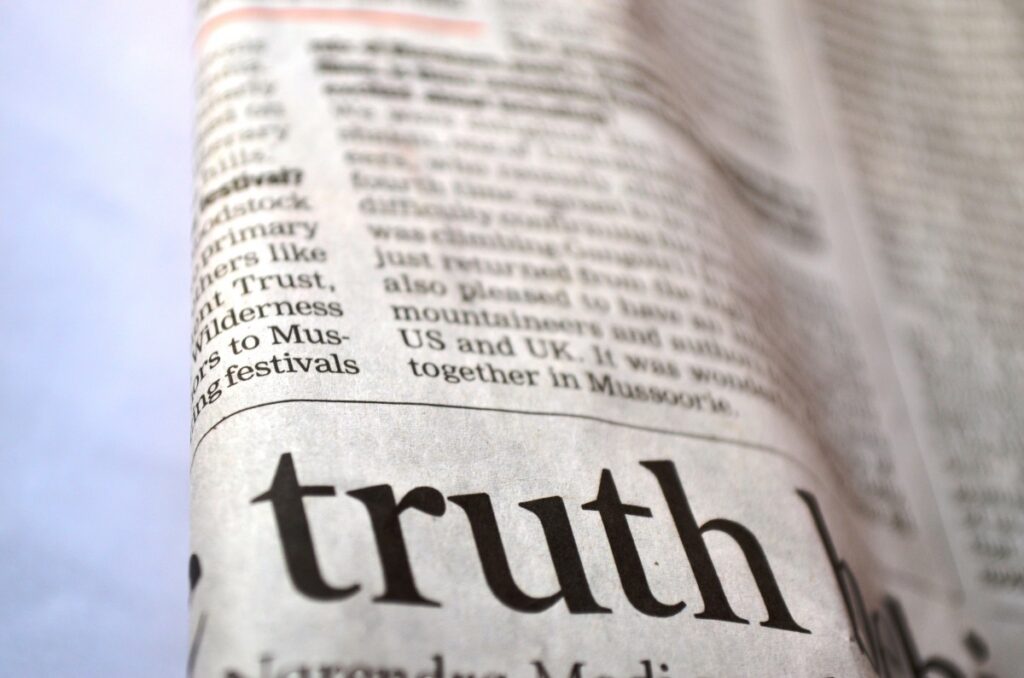The tradition of holding the United States presidential election on the first Tuesday after the first Monday in November has deep roots in the nation’s history, primarily due to the need for a consistent and practical date that could accommodate the logistical and legal requirements of the time. This practice, which dates back to the 19th century, was designed to ensure a smooth electoral process that was feasible for both the electorate and the Electoral College.
Historical Context
Before the 1840s, each state set its own election date for president, which varied widely. However, the majority of states held their presidential elections in November. This was because, under an early federal law, the electors for the Electoral College were required to meet on the first Wednesday of December. This necessitated that state elections occur within 34 days before that date, to ensure that the electors could meet and vote in time.
Agrarian Society Considerations
In an agrarian society, voting in November made practical sense. The harvest was typically concluded by this time, and the harshest winter weather had not yet arrived. This allowed for easier travel to polling places, such as county seats, without the risk of being stranded in poor weather.
The Role of Railroads and Telegraphs
The late 1800s saw significant advancements in transportation and communication technology. The construction of railroads and the advent of the telegraph revolutionized how information was disseminated. These developments reduced the time it took for news to travel across the country, allowing for a more unified and informed electorate.
However, the initial rationale for the election date remained intact, as the practicality of having a consistent election day that could accommodate the necessary timeline for the Electoral College and state election results to be tallied and reported was more important than the date itself. The Tuesday after the first Monday in November provided a clear, practical, and legal framework that could be followed across the nation, facilitating a more orderly and efficient election process.
Evolution Over Time
While the date of Election Day has remained consistent, the methods of voting and the dissemination of election results have evolved significantly. From the days of horseback riders and mail carriers to the current era of digital communication, the core need for a predictable and legal election day remains unchanged. This tradition continues to serve as a cornerstone of American democracy, ensuring that presidential elections are conducted in a manner that is both orderly and accessible to all eligible voters.
Views: 0
